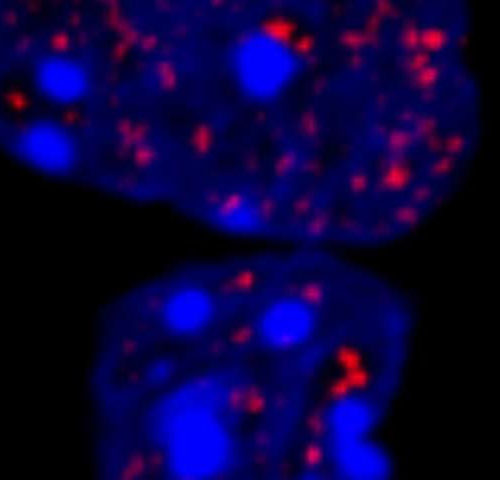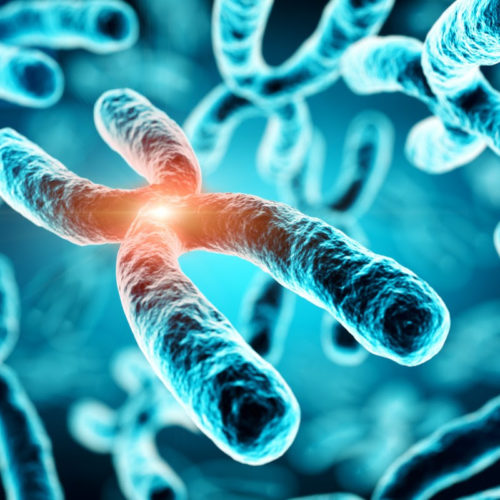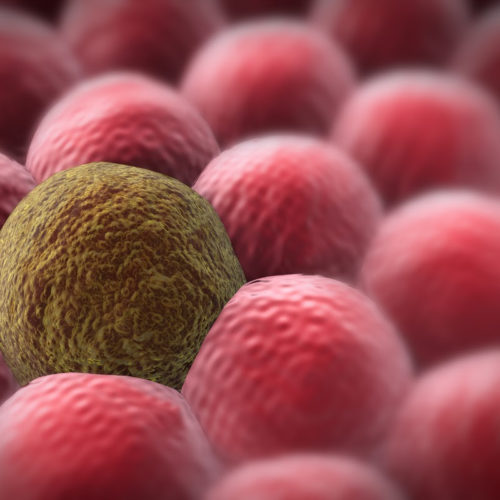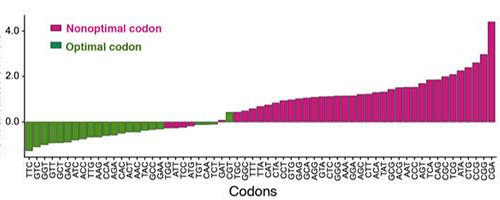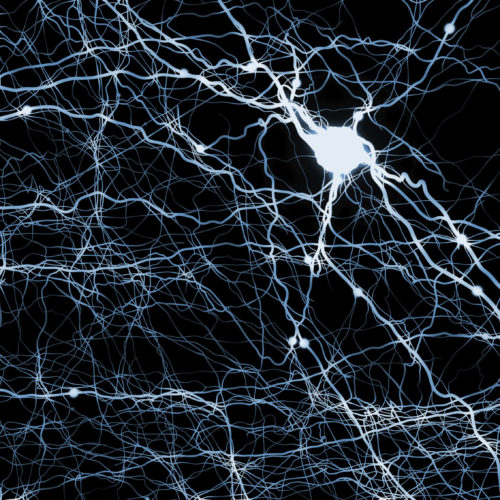by National Research Council of Science & Technology Bang Eun-kyoung(left) from the KIST’s Center for Neuro-Medicine are discussing the efficacy of RNA stabilizer containing zinc complex. Credit: Korea Institute of Science and Technology (KIST) MERS, which struck South Korea in a 2015 outbreak, was caused by a coronavirus, the same family of viruses that is...
Tag: <span>DNA</span>
Unexpectedly potent protein droplets help explain hereditary diseases
by Max Planck Society Microscopic image of cell nuclei of cultured cells. HOXD13 condensates are labelled in red. The DNA is stained in blue. Credit: MPI f. Molecular Genetics/ Shaon Basu Repeats of individual building blocks within proteins are the cause of many hereditary diseases, but how such repeats actually cause disease is still largely...
Portable, reusable coronavirus sensor produces results within a minute
Reviewed by Emily Henderson, B.Sc “Testing, testing, testing.” It’s a mantra that health officials have been constantly promoting because screening people for COVID-19 is the best way to contain its spread. In the U.S., however, that crucial necessity has been hampered due to a lack of supplies. But University of Utah electrical and computer engineering...
Molecules identified that reverse cellular aging process
By Nick Lavars Central to a lot of scientific research into aging are tiny caps on the ends of our chromosomes called telomeres. These protective sequences of DNA grow a little shorter each time a cell divides, but by intervening in this process, researchers hope to one day regulate the process of aging and the...
Scientists uncover a gene that doubles the risk of developing several neurodegenerative diseases
by HudsonAlpha Institute for Biotechnology Richard M. Myers, PhD, and Nicholas Cochran, PhD, in the Myers Lab at HudsonAlpha Institute for Biotechnology. Credit: HudsonAlpha Institute for Biotechnology Scientists at the HudsonAlpha Institute for Biotechnology, the University of California, San Francisco (UCSF), and the University of Alabama at Birmingham (UAB), have identified a new risk factor...
Scientists recreate DNA damage caused by toxins from smoking
CREDIT: PHIL ROBERTS Researchers from the University of York have recreated how toxins from smoking cause unique patterns of DNA damage. The discovery could help scientists better understand the cause of bladder cancer and the link to smoking. The causes of bladder cancer remain largely unknown, however smoking is seen as the main risk factor...
Breast cancer drug slows prostate cancer progression in major trial
By Nick Lavars Scientists are reporting some promising findings from a large prostate cancer trial, where patients were administered a drug typically used to treat breast cancer. The drug proved more effective than standard hormone treatments at applying the brakes to the disease, with the scientists hopeful it can lead to approval this year of...
A new strategy to trigger ferroptosis in target cancer cells using drug-metal coordination complexes
by University of Science and Technology of China Rapidly increasing cancer incidence and mortality worldwide have raised great challenges for the currently available anticancer options, which warrants the development of new therapeutic modalities based on novel antitumor mechanisms. Ferroptosis, a recently discovered form of non-apoptotic cell death, is one such candidate and has already demonstrated...
Defects in the ‘Swiss-army knife’ of gene expression may contribute to neuronal diseases like Alzheimer’s
The growth, death, and diseases of complex organisms rely on the flow of information — from genes in DNA, through their transcription into RNA, and then translation of that transcript into proteins, which in turn build much of the living organism. Proteins that control this whole process are themselves subject to this overarching information flow...
All Your Memories Are Stored by One Weird, Ancient Molecule
Credit: Christoph Burgstedt / Science Photo Library / Getty Images. How does memory work? The further we seem to dive in, the more questions we stumble upon about how the function of memory first evolved. Scientists made a key breakthrough with the identification of the Arc protein in 1995, observing how its role in the...


